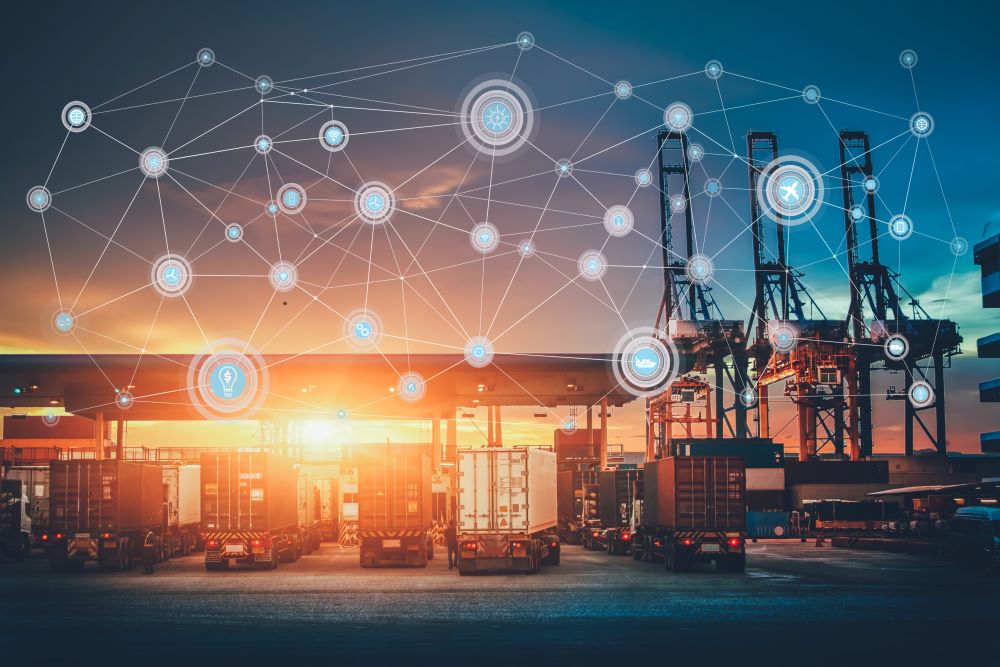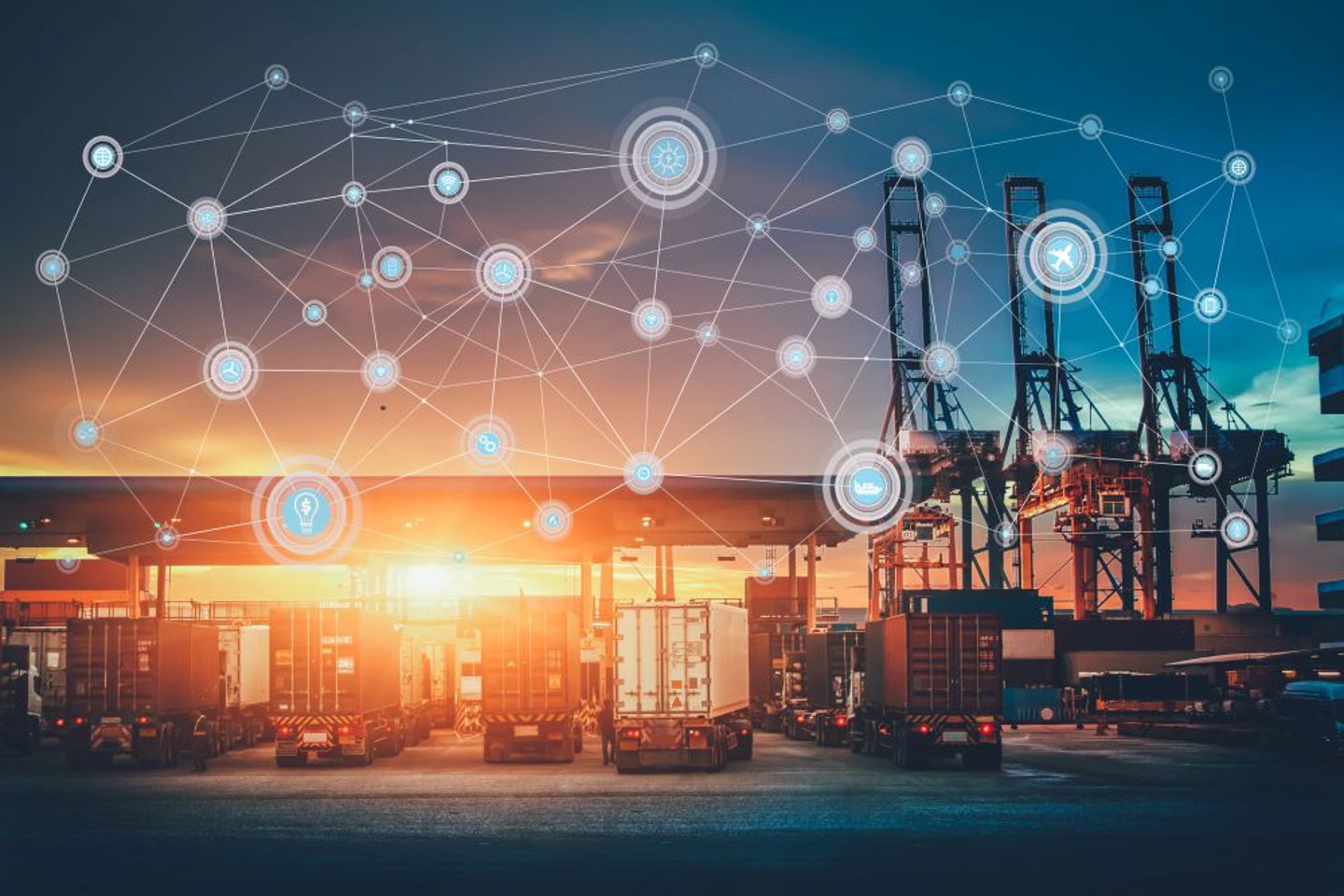
While never far away from the minds of socially aware consumers and businesses, there’s been a recent uptick in reporting on human rights abuses in supply chains.
Visibility in the lower tiers of supply chains is becoming increasingly important, both to businesses – with Proxima’s 2023 Supply Chain Barometer finding that 69% of CEOs were concerned about the potential for human rights abuses in their supply chains – and governments, as the EU attempts to pass legislation requiring companies to perform due diligence on human rights standards in their supply chains.
The IOE&IT Daily Update spoke to Rutuja Pol, government affairs lead at Ikigai Law, and Sandra Cooper, trade and customs specialist at the Institute of Export & International Trade (IOE&IT), to learn more.
Regional differences
Asked whether business leaders should be directing their attention towards particular regions or industries, both experts were quick to dismiss the idea that there are definitive problem areas.
Cooper notes that there’s “very close attention being paid to Southeast Asia.
“It’s been a common occurrence on the news; people are aware of the human rights breaches happening in supply chains.”
However, she adds that the increased scrutiny is prompting these countries to work “very hard, alongside the United Nations (UN)” to ensure improving standards.
Vietnam, a country that’s seen a boom in manufacturing contracts amid a post-pandemic shift away from China, has publicised its efforts to promote human rights in labour. Ahead of the possible introduction of new EU legislation increasing reporting requirements around supply chains, it has created a new Corporate Sustainability Index which includes labour law standards for its benchmarks.
Pol also flagged the prevalence of reported abuses in industries linked to the region – “mineral extraction, agricultural work like rice farming, and anything that involves underground extraction” – though she also described a bias in research on the region.
Citing the 2013 Rana Plaza factory collapse in Bangladesh, in which over 1,000 people died and a further 2,000 were injured, she said the issues of garment worker conditions in the region “became the centre point of a lot of international conversations, as a result of which we have measures like the Bangladesh Accord”.
This is reflected in greater awareness among business leaders, with the number concerned about potential human rights abuses rising to 79% for the retail sector.
Increasing visibility
One of the priorities emerging for businesses amid these abuses is to boost visibility and ensure they partner with suppliers working to high human rights standards.
This impetus comes from legislation, such as the EU’s directive on corporate sustainability and planned EU Due Diligence Directive, as well as California’s Garment Worker Protection Act.
These create reporting responsibilities requiring companies to outline the impact their production processes have on local communities around their plants and the people they employ.
There’s been increasing business demand and not only from consumers. Global consultancy Gallagher’s ‘Human Rights and the Global Supply Chain: The Ethical Maze’ report highlighted the increasing ineligibility of companies for insurance cover if they’ve offended under human rights legislation.
Cooper said that this is where the ‘G’ in ESG comes into play, with these measures creating pressure on company leaders to adhere. When these kinds of offences become known, “people start to think ‘I’m not going to invest in you’, ‘I’m not going to buy from you’ and ‘I don’t want to work for you’”.
What can companies do?
Pol said that the best thing that companies can do to boost supply chain visibility is to “leverage the technology available”, emphasising the promise of blockchain.
Blockchain, or distributed ledger technology (DLT), is the technology that underpins cryptocurrency, characterised by its decentralised nature with no single owner. DLT allows transactions or entries to be recorded and, due to the decentralised nature of the ledger, each entry is permanent, with no contributor able to retroactively change the contents.
The opportunities for secure and infallible reporting are significant, with a number of supply chain applications.
“This technology could connect the first step in the supply chain to the eighth – to the last – and maintain end-to-end transparency and accountability.
“It essentially creates a list of activities which can serve as evidence of what’s occurred in the supply chain at each point.”
Are goals enough?
Cooper praises the work of the UN in setting out a clear sustainability framework through its 17 Sustainable Development Goals (SDGs) – adopted by UN members in 2015 in order to meet 2030 targets for sustainable development that encompass environmental and social goals, such as promoting human rights.
Asked whether there’s a disconnect between the UN’s lofty ambitions and actionable steps that companies can take to promote change, she says the goals should be taken as a blueprint for companies to create their own framework.
“Each company is different,” she says, “They’ll all have a different background, a different story, so they’ll all need a tailored framework – even if they’re in the same industry.
“The most important thing is that companies look at those goals and create their own framework, then make that known throughout the company. At all levels, everybody needs to feel that commitment.”
Pol is more sceptical about how well the goals translate into practical measures but agrees that there’s need for greater differentiation between countries to make implementation work.
She says the goals lack the legal heft to hold companies to account:
“They don't have any other piece of legislation attached to them that gives them teeth
“The UN created this framework and then said: ‘We need countries to come up with a national action plan on how to conduct responsible business practises’ – it’s been nine years and some countries haven’t come with a draft.”
Greater appreciation for the needs of different countries could be the way forward to make the goals politically feasible and give them some bite.
“Every country could face different challenges in terms of implementing something like this, because their domestic concerns will be entirely different.”
Returning to Vietnam as an example, she says they would face “an incredibly stringent backlash for attempting to regulate the garment industry – it’s their bread and butter”.
It would be much more feasible to start with mineral extraction or construction, she suggested.

